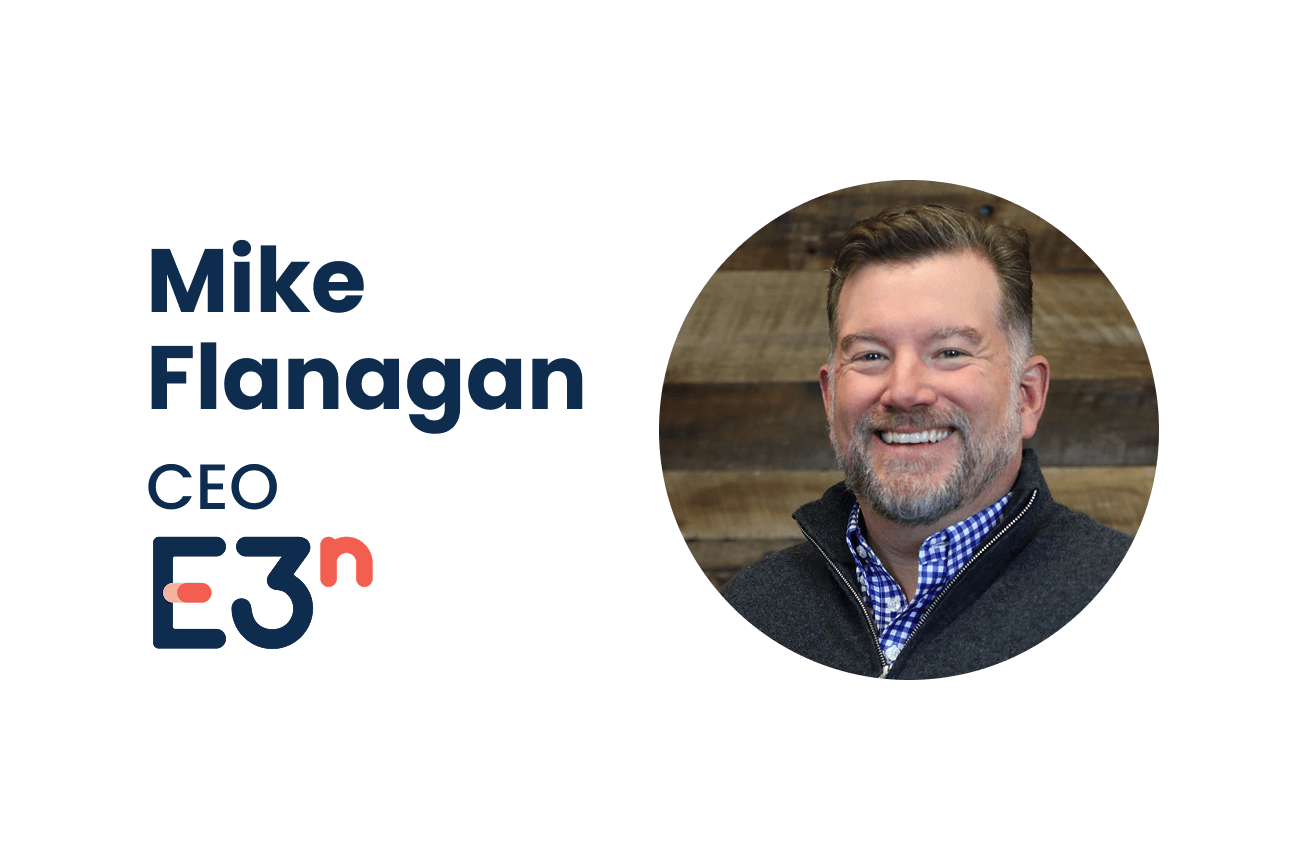No longer just admission

As a newbie to the independent school sector and to the United States, during my first weeks in the job I scoured numerous websites and quizzed multiple colleagues about how best to establish a professional network, share best practices and stay up to date on current affairs in the enrollment management world. I’d previously worked in higher education and the nonprofit sector in the U.K., so landing at an international boarding school in the Midwest was very much an unknown. It didn’t take long for me to learn about The Enrollment Management Association and their partnership with the USC Certificate Program in Leadership in Enrollment Management, and I knew I’d hit the jackpot.
I was struck by Heather Hoerle’s comment at The Enrollment Management Association's Annual Conference in Baltimore, when she said “we believe that the admission practices of the past will not sustain the independent schools of the future.” It is apparent that as demographics shift to the age of the millenials, competition continues to increase, and our institutions look more to the for-profit sector for inspiration, enrollment management is quickly adapting and becoming more complex in nature. Like many others in our sector, I am continually frustrated by the misconception that enrollment professionals only work hard a couple of months a year and institutional success in this area depends solely on the efforts of the admission office.
Upon commencing the program, I quickly realized that I and many of my classmates grappled with the idea of "strategic enrollment management." I’d always thought of myself as an admission practitioner, consumed by trying to keep my head above water, so reimagining myself as an enrollment strategist felt very alien. I found myself gravitating to Don Hossler’s analogy of admission professionals as “enrollment influencers,” as I felt this term more accurately captured what we do as we intentionally encourage families and prospective applicants down a desired path. Hossler rightfully explains that we can strategize tactics and programs, but enrollment is a much bigger, complex, and holistic issue. As enrollment leaders, we are able to exert both internal and external influence, but ultimately there will always be external factors beyond our control, beyond our "management."
The USC certificate program challenges you to determine what enrollment management is to you -- or more broadly, what it should be. Personally, I see it as an umbrella term for a series of interwoven strategies and procedures that stretch far beyond what is traditionally associated with the work of an admission office. It’s a structural, policy, and procedural response that, despite focusing primarily on recruitment and retention, draws on research and creates synergies between the many constituent stakeholders that contribute to the student lifecycle and student success. As Hossler stresses, every institution will and should have its own interpretation of what enrollment management looks like, and this interpretation will inevitably change over time. What is a driving factor or primary challenge for one institution isn’t necessarily the case for another. It’s clear that there are normative components that permeate these boundaries such as effective policies and execution in areas such as financial aid, marketing, and retention, but as Hossler rightfully identifies, “enrollment management sits at an awkward intersection between revenue, prestige, access, diversity and in some cases, college completion.”
The certificate program has been a professional lifeline. It has encouraged me to shed my admission-centric mindset, expand my horizons as a leader, and taught me that enrollment management is a dynamic, developing, and complex field that can take many shapes in different contexts. Not only do I have a fuller appreciation for what we do as professionals, I have also been able to reflect on my current school’s strengths, areas for improvement, challenges, and opportunities we face moving forward. It has brought home the fact that it’s our role to ensure our schools maintain a strategic approach to managing enrollment and to nurture a more informed community to better serve our students and families. There is no secret answer to perfecting enrollment, but we maximize our chances by adopting a strategic and holistic approach to the process that serves the needs of our institutions and the students and families with whom we work.




